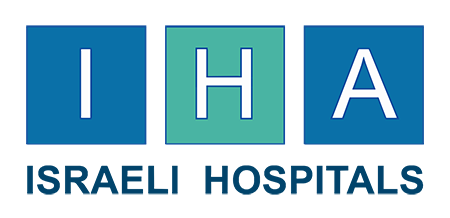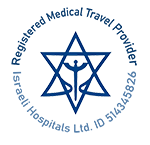Operations on the aorta

The aorta - the largest artery in the human body, directing the oxygenated blood from the left ventricle to the systemic circulation. All kinds of pathologies of the aorta, including aneurysm, dissection of the aorta, the outer gap and bleeding, requires immediate surgical intervention.
Aortic aneurysm is a bulging of the walls of the aorta pathological. The main causes of aortic aneurysms are atherosclerosis, high blood pressure, a hereditary abnormality of tissue (Marfan syndrome and Ehlers-Danlos syndrome) and congenital heart defects and vascular diseases.
Aortic aneurysm is difficult and dangerous disease characterized by an increased risk of sudden death. Symptoms of aortic aneurysms are associated with impaired circulation of blood and bodies with compression of the surrounding aorta. In some cases, the aneurysm develops completely asymptomatic.
Diagnosis of aortic aneurysms involves defining the structural changes of the aorta with the use of various imaging techniques. The main treatment for aortic aneurysms is surgical intervention. Therapeutic treatment is applied to reduce the rate of progression of atherosclerosis and to prevent complications. Operations on the aorta are the most difficult in all cardiac surgery.
Over the years, activity in the cardiac center of Sheba Hospital created a highly professional framework for the effective treatment of an aortic aneurysm, and today it is the largest and most advanced center in Israel for the treatment of this complex disease.
Surgical treatment of aneurysm of the aorta:
- Stent implantation into the aorta
- Clipping - surgical technique in which the aneurysm, which has a convex shape on one side of the aorta, pinched at the base of a special terminal. The intervention is carried out in collaboration with the Department of Radiology.
- Surgery to replace aortic graft of the affected area:
- Composite Valve Graft - a surgical technique in which the abnormal area of the aorta is replaced with a tube of Dacron with an artificial mitral valve. This common form of treatment has good results, but there is a slight drawback: a healthy mitral valve is replaced with an artificial valve.
- Techniques DAVID - surgical technique in which replacement part pathologically altered the ascending aorta is performed by the reconstruction of the aortic root with preservation of the natural aortic valve. This surgical technique, named after its founder, Tyrone David, it is considered preferable to Somposite Valve Graft, and therefore it is the most widely used in hospital, Sheba, and in some more highly specialized medical centers in the world.
After surgery, the patient comes to the aorta for 1-2 days in the intensive care unit cardiac branch, and then complete his recovery at the Department of hospitalization for three days. At discharge from the hospital, the patient receives advice on further treatment with your doctor. These recommendations provide clear guidance on the necessary measures, such as continuous monitoring of blood pressure, regular checks of the status of the aorta, the organization of right living, drug treatment with beta-blockers and, of course, constant supervision from a family physician.



